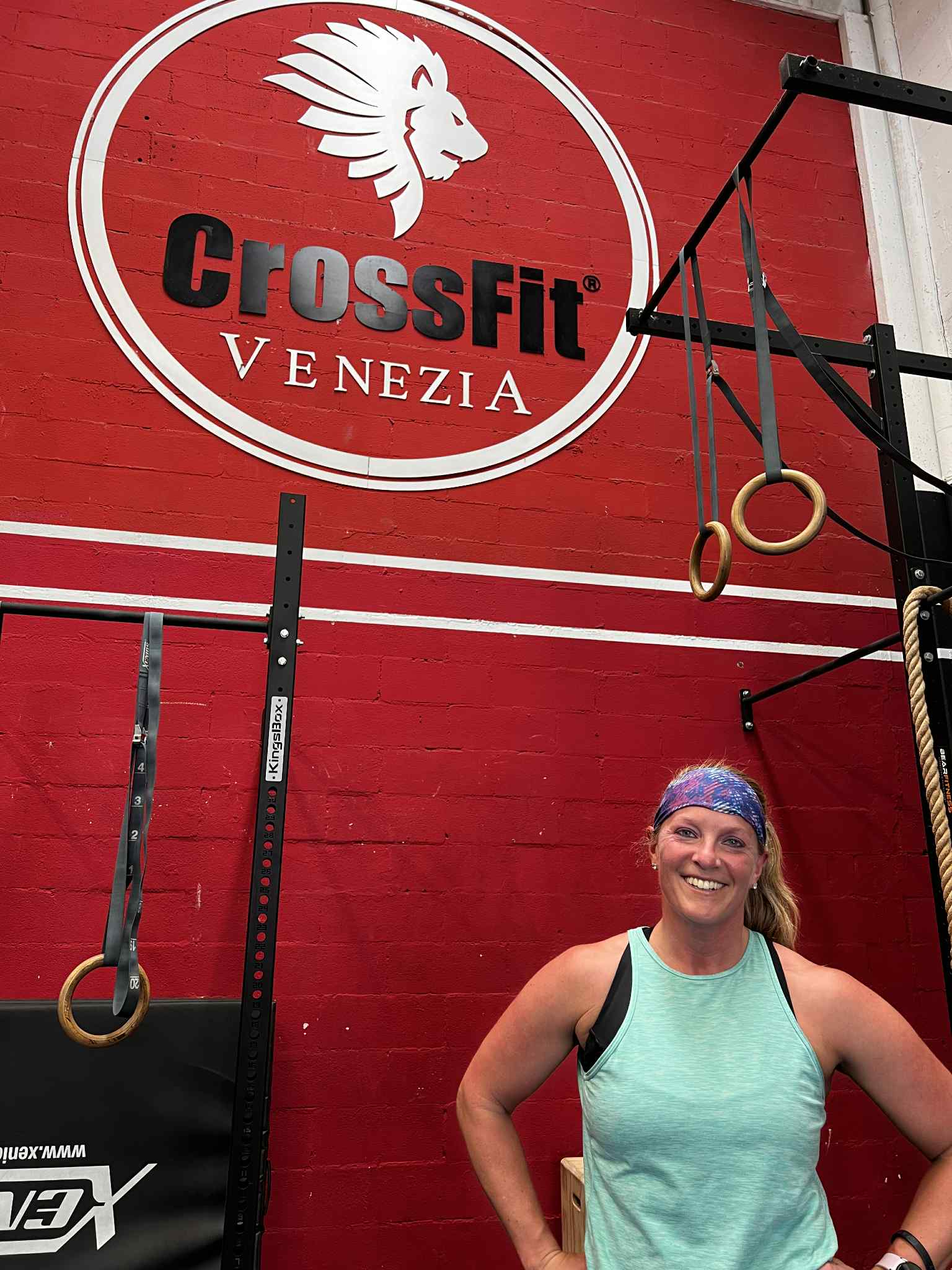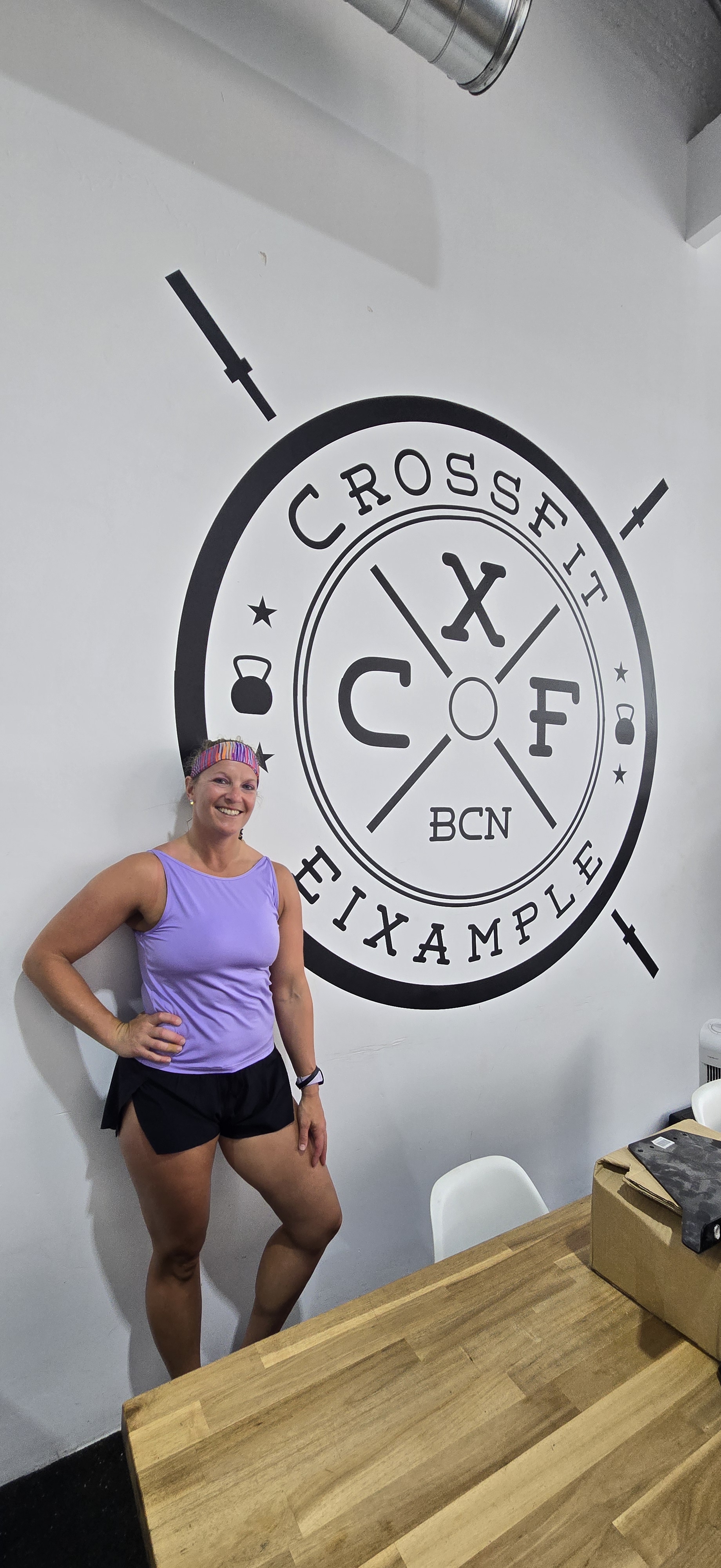5 Smart Exercise Modifications to Make During Your First Trimester
Just found out you’re pregnant? Congratulations! You’re beginning an incredible journey, and while your body will be going through some remarkable changes—especially in your cardiovascular and respiratory systems—that doesn’t mean you have to stop moving or give up your workout routine.
In fact, staying active during pregnancy can be one of the best things you do for yourself and your baby. Regular physical activity offers numerous benefits, including:
- Helping prevent excess weight gain
- Supporting a quicker postnatal recovery
- Maintaining strength, endurance, flexibility, and cardiovascular health
- Easing common discomforts like back pain and muscle tension
- Improving posture and body mechanics
- Enhancing breath awareness and promoting relaxation
- Reducing the risk of complications like gestational diabetes, preeclampsia, and high blood pressure
- Boosting your mood, self-image, and reducing stress
Sounds like a win-win, right? But pregnancy isn’t the time to push for personal records or max out your lifts. It’s a time to tune in, adjust, and move with purpose and care. Here are five essential changes you should consider making to your fitness routine during your first trimester:
1. Prioritize Rest and Lower the Intensity
The first trimester often comes with fatigue, nausea, and hormone shifts that can leave you feeling drained. It’s completely normal if some days, working out feels like climbing a mountain. Instead of sticking to a rigid schedule, allow flexibility. Scale back your workout intensity and duration, and don’t hesitate to swap a planned workout for a nap or a short walk. Think of it this way: listening to your body is part of your new fitness plan.
2. Avoid Holding Your Breath and Skip the Weight Belt
Breath-holding during exercise (known as the Valsalva maneuver) and using a lifting belt increase intra-abdominal pressure, which can put added stress on your core and pelvic floor. These changes can also reduce blood flow to and from the uterus. Now is the time to focus on smooth, controlled breathing and ditch the belt—your core and baby will thank you.
3. Ditch Max Effort Lifts and High-Risk Exercises
Your body is already working overtime to support new life, so there’s no need to push to your absolute limits. Skip exercises that require maximal effort or those that carry a high risk of falling or injury. If you usually train at a 10/10 intensity, scale it back to a 6–7/10. Pregnancy fitness is about longevity, not intensity—it’s a marathon, not a sprint.
4. Emphasize Posture and Alignment
Good posture is more than just standing tall—it’s the foundation for safe, effective movement, especially when pregnant. Keeping a neutral spine helps support pelvic floor and core function, and it also encourages better breathing mechanics. A simple tip: gently squeeze your glutes to avoid over-arching your lower back, especially during standing or lifting exercises.
5. Incorporate Hip Stability and Glute Strengthening Exercises
Strong glutes are your secret weapon against low back pain and hip discomfort. They also play a big role in your postnatal recovery. Two excellent first-trimester-friendly exercises include:
- Hip Bridges with a Resistance Band
- Air Squats with a Resistance Band
These moves target your hips and pelvis, supporting stability as your body changes shape.
Bonus: How to Breathe During Exercise While Pregnant
Proper breathing can help protect your core and pelvic floor. Try these two options:
Option 1: Match breath with movement phases
Inhale during the eccentric (lowering) phase
Exhale and gently engage your pelvic floor during the concentric (lifting) phase
Examples:
Squat: Inhale as you lower, exhale as you rise
Push-up: Inhale as you lower, exhale as you push up
Option 2: Inhale between reps, exhale during effort
Inhale at the top of each rep
Exhale and activate the pelvic floor as you move through the squat or push-up
Final Thoughts
Your body is doing something amazing, and your workouts should support—not stress—that process. Exercise during pregnancy isn’t about performance; it’s about preparation, presence, and well-being. By making these smart adjustments, you’ll stay strong, safe, and better equipped for both pregnancy and postpartum recovery.
Listen to your body, honor your energy levels, and give yourself grace. You’re growing a human—and that’s the most impressive workout of all.



